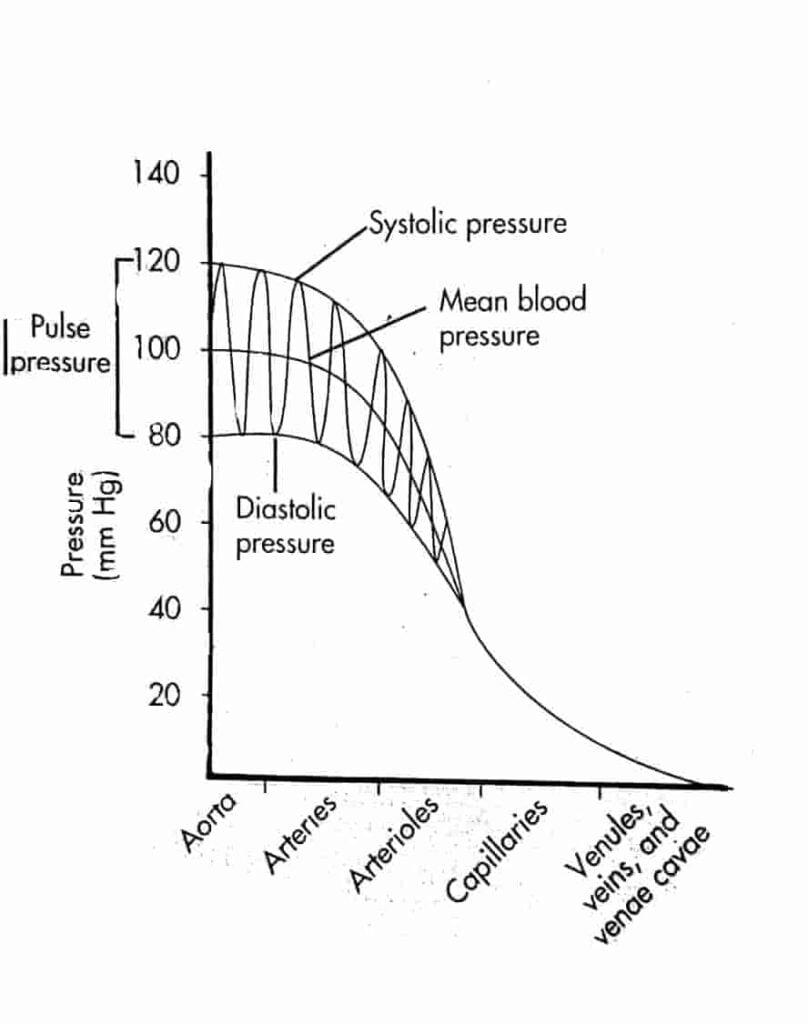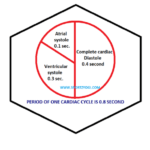WHAT IS BLOOD PRESSURE?
what is blood pressure– Blood pressure is a very common term used when we study the circulatory system of the body. The pressure exerted by the flow of the blood on the elastic walls of the arteries is called blood pressure. BP does not mean any disease at all. It is essential for life and every individual has BP to a certain level. Or in other words, the Blood pressure exerted on their reefs by the blood flowing within the blood vessels is called BP. Blood in the circulatory system, like water in the pipes of a water system, is always under pressure.
It differs in different blood vessels and also varies with the heartbeat. The pressure on their reefs by the blood flowing in the arteries through their arterial BP and the blood flowing in the veins on their reefs are called venous blood pressure. Pressure is higher in large arteries near the heart and gradually decreases when it reaches the arterioles. Pressure is less in veins than in arteries. BP can be measured by listening for Korotkoff sound produced as blood flows through arteries partially constricted by a blood pressure cuff.
A persistent rise in BP is called hypertension [excess of salt] and a fall in the BP is termed as low blood pressure or hypotension.
What are systolic blood pressure and diastolic pressure?
Systolic blood pressure
Diastolic blood pressure


The BP is greater during the systole than during the diastole. Contraction of the heart produced systolic blood pressure, and relaxation produces diastolic BP.
The heart helps regulate BP by producing a hormone that helps the kidney in eliminating salt from the body.
SYSTOLIC BLOOD PRESSURE- The maximum pressure exerted when the left ventricle is compressed to push blood into the aorta during ventricular systole is called systolic BP, which typically ranges between 100 and 140 mm of hg in a healthy adult.
DIASTOLIC BLOOD PRESSURE– When the heart is at rest after the blood is pushed into the aorta, the minimum pressure of the blood flowing within the arteries to their reefs is called diastolic BP, which typically ranges between 70 and 90 mm Hg.
It is normally expressed as 120/80. The BP varies with the age. It is influenced by the heartbeat. Normally the heartbeats of a man are 72 per minute.
What is Pulse pressure?
The differential pressure between systolic and diastolic pressure is called pulse pressure, which is a manifestation of the work efficiency or strength of the heart. Normally the pulse pressure remains between 30 and 50 mm Hg. If the person has a systolic pressure of 120mm Hg and a diastolic pressure of 80mm Hg, the pulse pressure is 40mm Hg.
Measurement of blood pressure
BP is measured by the use of a sphygmomanometer [invented in Italy in 1896 by DR. Scipione Riva-Rocci]. This instrument is made of hollow rubber cuffs in which two rubber tubes are attached. One is related to the rubber pump filling the air and the other is to the manometer in which the mercury is filled. The cuff is wrapped around the upper arm and the pump is quickly filled with air until the pressure ceases to feel the pulsation of the radial pulse.


After this, a stethoscope is placed on the brachial artery at the end of the elbow and the pressure is slowly lowered from the cuff by the release valve. The pressure is brought to the point where the pulse is experienced or the pulsation is clearly heard in the stethoscope, at which point the level of mercury is noted, this is systolic pressure. After this, the pressure in the cuff is gradually reduced, the sound of the pulsing increases and at a point, the pulsing stops hearing or become absolutely silent. At the point at which the sound was changed or stopped, the level of mercury is noted in the manometer, this is the diastolic pressure.
FACTORS WHICH MAINTAIN BLOOD PRESSURE
- Cardiac output,
- The elasticity of arterial walls,
- The viscosity of blood,
- Blood volume,
- Peripheral resistance.
Cardiac output –
The amount of blood expelled by the ventricles in a contraction [called stroke volume and it is about 70 ml]. When the left ventricle is compressed, about 70 ml of blood goes into the aorta, which is already full. . BP depends on cardiac output. The higher the amount of blood pumped or expelled by the heart, the higher the BP.
The elasticity of arterial walls-
Due to the flexibility of arterial walls, the aorta expands and shrinks when there are contraction and relaxation in the ventricle, which makes the blood move forward. Due to a lack of elasticity in the arteries, BP increases.
The viscosity of blood-
It is the viscosity or thickness of the blood, which depends on the number of plasma proteins and red blood cells present in the blood. Any change in these two factors will cause a change in BP. For example, in anemia, blood gluten is reduced when the number of red blood cells decreases or if the normal saline transfusion is in excess, consequently, the BPdecreases. Conversely, when the blood is thicker, the heart has to exert more force to push it into the vessels, hence the BP increases.
Blood volume –
It is the total volume of circulating blood. BP decreases when blood volume decreases, such as bleeding from the body or loss of fluid from the blood, such as burning or dehydration.
Peripheral resistance –
This is the resistance that is carried by the arteries to the flow of blood. This resistance prevents the rapid flow of blood to the cells and thus helps maintain normal BP in the arteries. The action of the vasculature nerves and the adrenalin and noradrenalin coming out of the adrenal glands can change the lumen to arterioles; if the lumen becomes tight then the resistance to blood flow is increased leading to increased BP if the lumen is widened. So more blood will flow into the cells more quickly and BP decreases.





